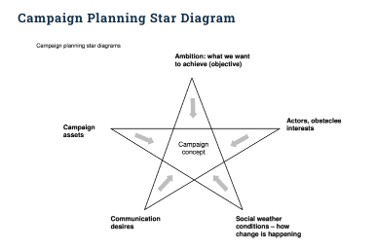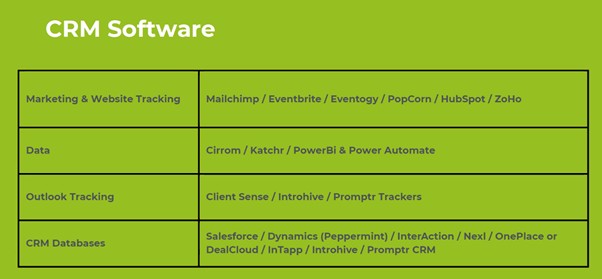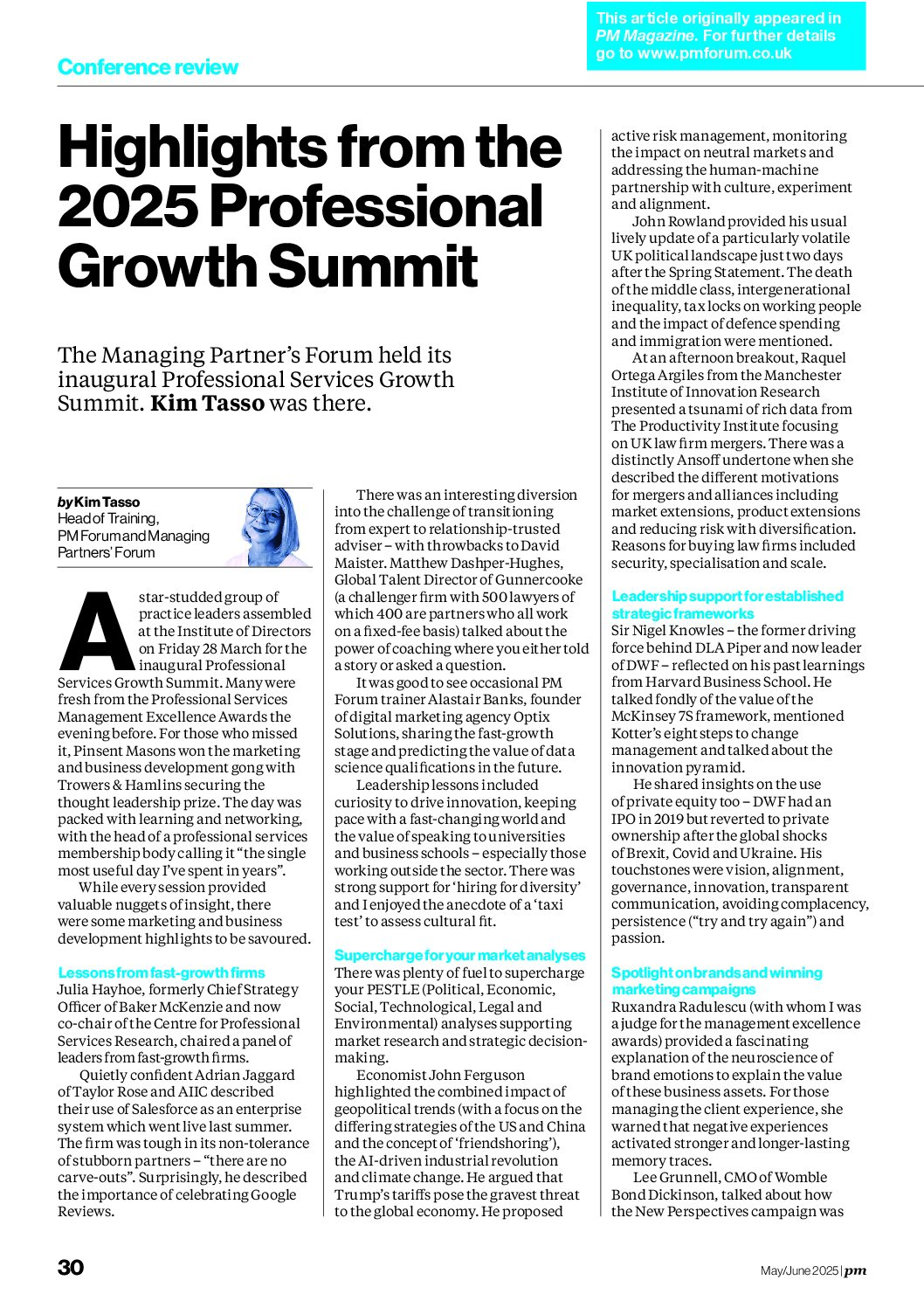
While it is easy to get wrapped up in all the amazing digital technologies that are available to marketers (I recently read a report that said, on average, even a junior marketer will use up to 100 different technologies in a day without even noticing) sometimes it is important to go back to basics. Like segmentation and personas.
This was made abundantly clear at a couple of client sessions over the past few weeks. Too often, those who are not familiar with marketing will attempt to create traditional and online profile-raising and lead generation campaigns without being clear about their target market. They didn’t start their strategic marketing analysis with segmentation and personas.
All marketing theory (e.g. MacDonald) starts with the analysis of markets and segments, understanding the value required by clients and competitor positioning. With so much competition and “noise”, it is important to identify the market segments or niches that you are targeting – or to develop clear personas of the type of people you are trying to reach. How else will you be able to tailor your products, services or messages to their specific needs and draw traffic to your web pages?
Segmentation and market maps
Segmentation is “the process of dividing up large heterogeneous markets with similar needs into smaller markets according to shared characteristics”. It is followed by targeting and positioning.
We know that often in professional services there is a lack of comprehensive and reliable information on which to base detailed segmentation analyses. It’s a bit chicken and egg because until people realise the importance of segmentation, they don’t alter their systems to capture the information that they need. But this is no excuse to avoid the exercise altogether.
A few simple analyses and exercises have helped various teams recently realise that they simply weren’t clear about exactly which clients they were targeting through which channels and why. Or the analyses clarified that they were simply too broad in their targeting.
A market map is a simple drawing exercise where you take your target market and map out the various components, attributes, channels, sub-sections, intermediaries and needs. There’re no hard and fast rules – it’s a drawing exercise to help you visualise the market you are addressing. More often than not, you have to start separate maps when you realise that there are numerous further layers of detail and that you need a greater focus. Several times recently, clients have identified new and untapped niches using this approach. The LinkedIn Inmaps visualisation tool has also helped clients identify segments with shared environments or interests but sadly this tool was “retired” in September.
It’s worth remembering the “test” of a segmentation strategy:
- Is the segment homogenous?
- Is the segment measurable?
- Is the segment accessible?
- Is the segment substantial?
- Is the segment exclusive?
- Is the segment stable?
- Is the segment recognised by the clients/customers themselves?
- Is the segment recognised by the intermediaries in the channel?
- Will the products or services be premium priced?
- Will the segment offer above average returns? (never forget the importance of profit!)
Often people say that they are targeting “high net worth” clients. However, there are many different segments within this category (see http://kimtasso.com/marketing-professional-services-to-high-net-worth-clients/)
You can find out more about niches – see http://kimtasso.com/not-so-much-pimp-my-ride-more-niche-my-market/
Identify the best target market and developing a campaign for it is one of the main marketing strategies deployed in the professions (see http://kimtasso.com/marketing-planning-in-a-nutshell-selecting-a-strategy/)
Personas and major client analysis
Another exercise is to go through your largest and/or most important clients – whether in a commercial or consumer market – and analyse things such as the location, the source, the nature of the case, the assets, the issues and the attributes of the client.
There are all manner of segmentation approaches: demographic, capabilities, purchasing approaches, payment preferences, buying criteria, current relationships, social technographics, situational factors, urgency, personal characteristics, attitude to risk and so on. In our digital world, there are also all manner of communities to which people belong – both off and online. It usually quickly becomes apparent that there are shared characteristics that make a useful composite persona or a series of personas to provide a focus for targeting activities.
Ardath Albee in “Emarketing strategies for the complex sale” showed how to use personas to build a content management plan:
- Select a problem-to-solution scenario for a specific persona
- Determine what that persona needs to know to buy
- Assign what prospects need to know during various buying stages
- Map content to persona needs for each stage









